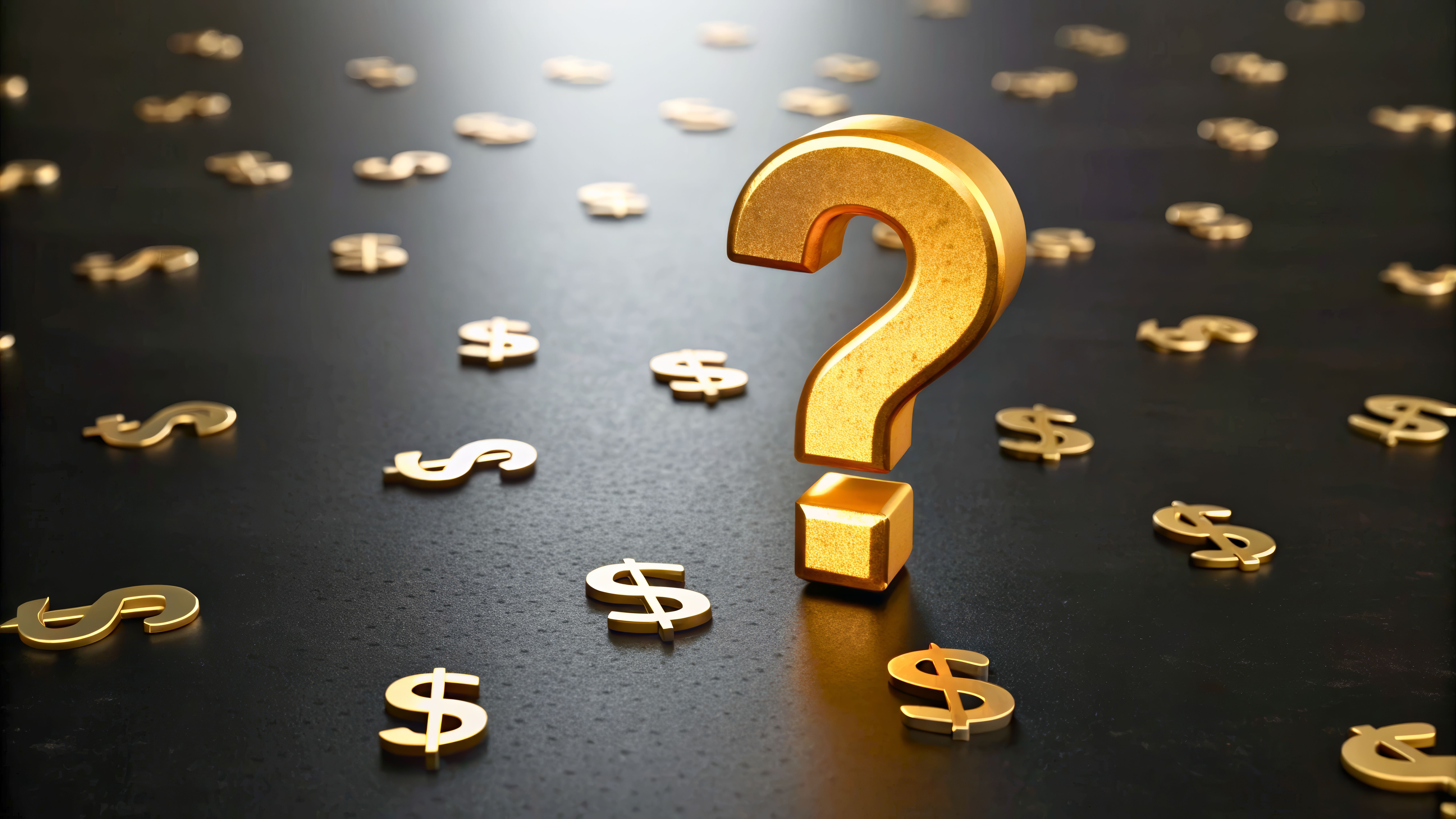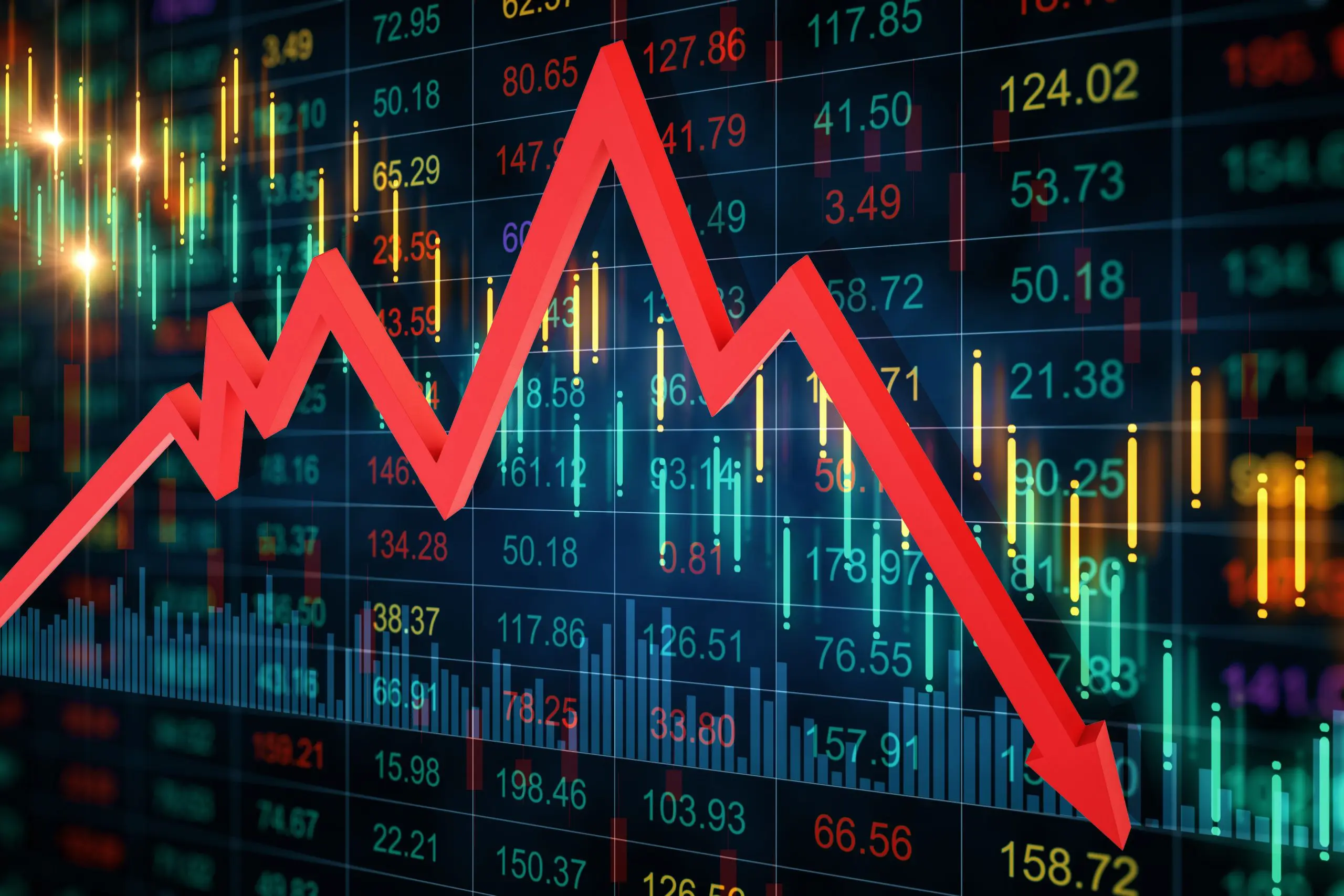If you’re looking for some light, late summer reading, this article on annual reports may not be for you. But if you want to keep a close eye on your investments, keep reading.
Every mutual fund and ETF is required to publish and distribute a report to shareholders twice each year. It is often dense reading, filled with jargon, charts and diagrams, and legalese. You won’t mistake it for a Tom Clancy novel.
Here’s an example from Tweedy, Browne’s report to shareholders last year, discussing a Mexican company it invests in.
“It has a dominant market share in its markets and a mid-teens figure nationally. It sells cable services and internet connectivity (broadband) to an underpenetrated subscriber base. Megacable has been quite profitable (49% EBITDA margin in 2020), has consistently earned high returns on tangible capital (and an average 20% ROE excluding goodwill from 2010 to 2020), and has a very conservative balance sheet (0.34x net debt to EBITDA as of Q3 2021). Its stock price is trading at 8.4x EV/2021 estimated EBIT (enterprise value/earnings before interest and taxes) and 5.1x its EV/last twelve months EBITDA (enterprise value/last twelve months earnings before interest, taxes, depreciation, and amortization as of September 30, 2021), and merger & acquisition deals of comparable cable business have occurred at high-single-digit EBITDA multiples.”
Okay! Got it, right?
Well, maybe your financial advisor is going through those reports with a fine-tooth comb, and you don’t have to do it. However, Darren Zagarola, a principal and senior wealth advisor at EKS Associates, says, “Never assume that someone else is going to do the work for you.”
Yes, You Can Do It
These reports provide an in-depth look into your mutual fund’s performance, management, risk factors, holdings, and much more. It’s like a report card on the fund’s progress and performance. According to the Securities and Exchange Committee (SEC), these reports allow investors to determine how well a fund has met its goals and investment strategies.
“You don’t need to be a financial expert to get value out of the document or understand its messaging,” said Tim Stobierski in the Harvard Business School Business Insights Blog.
And in the book “Complete MBA for Dummies,” authors Kathleen Allen and Peter Economy write that even though annual reports can be daunting to wade through, most reports are standardized around a common model, making it easier to review “once you get the hang of it.” They note that the more you read these reports, the better you’ll get at them.
What Information Can You Find in an Annual Report?
Mutual fund annual reports are all required to cover the same subjects. Among them:
- An investor’s expenses, listed in dollars, on a hypothetical $1,000 investment
- A line graph that compares the fund’s performance of a hypothetical $10,000 investment over the most recent quarter, as well as 1, 5, and 10-year periods
- How much directors, officers, and others are paid, and any other compensation they receive
- Information about those directors and officers, such as how long they have been with the firm and their principal occupations
- The 50 largest holdings owned by the fund
- Management’s assessment of its performance
In addition, investors can check performance graphs included in all reports to determine the fund’s returns over a given period and its stability or volatility. This can be especially important during market turmoil like we’re witnessing this year.
You have undoubtedly heard the disclaimer: Past performance does not necessarily indicate future results. That is undoubtedly true, but examining these graphs can give you an idea of the performance pattern over a five-or-ten-year period. For instance, two funds can have the same 10-year return but achieve it differently. The fund with huge swings up and down could be swinging for the fences and may not be suitable for some investors.
Comparison Shopping and Taxes
A separate graph will show how your mutual fund has performed in relation to a broad-based market index such as the S&P 500 or the Wilshire 5000. You will want to know that even though the fund returned 15% in the past year, it might still have underperformed its peer group of funds compared to its benchmark index.
You should also review the fund’s portfolio turnover rate –how much buying and selling it does. This is important because a high turnover rate could trigger capital gains taxes, which the fund must pass to investors. You could get saddled with capital gains taxes even in a year when the fund lost value. (Broad-based index funds tend to have a lower portfolio turnover rate than actively managed funds.)
Fund companies are required to identify risks along with all the financial information they provide. There could be pending lawsuits, holding in crypto-currencies, or other obligations or risks that could affect the fund’s performance in the future.
Are the Fund’s Goals Aligned with Your Goals?
In addition to seeking financial gains from their investments, a growing number of people are looking for funds that invest in companies that align with their social and political views. Mutual funds and ETFs that do so are described as ESG (Environmental, Social, and Governance) funds. Their annual statement and prospectuses can help you understand the fund’s objectives, help you determine if they match up with your goals, and if they are doing what they say they will do.
Thoroughly reading through these reports is a challenge, and you are certainly not alone if you dump them in the recycle bin. A 2018 survey by the Investment Company Institute found that two-thirds of mutual fund investors who recall receiving shareholder reports found them difficult to read, and fewer than one-quarter read “some” of the reports.
That said, it could be worth the effort to put down the novel and pick up the annual report to determine how well-run a fund is, how it performs, and whether it aligns with your goals. Still have questions? Don’t hesitate to contact us for an easier-to-understand explanation.



